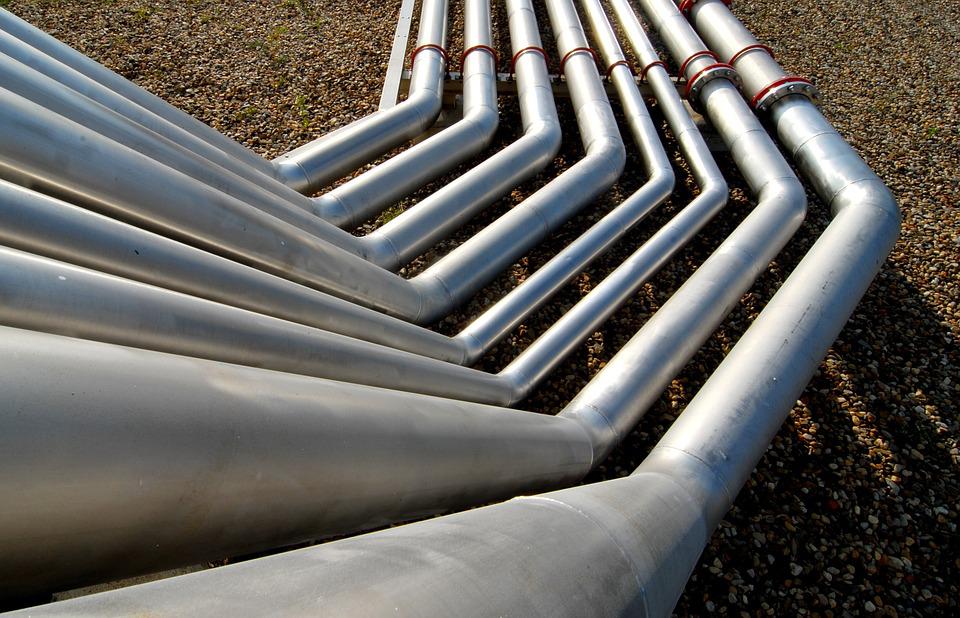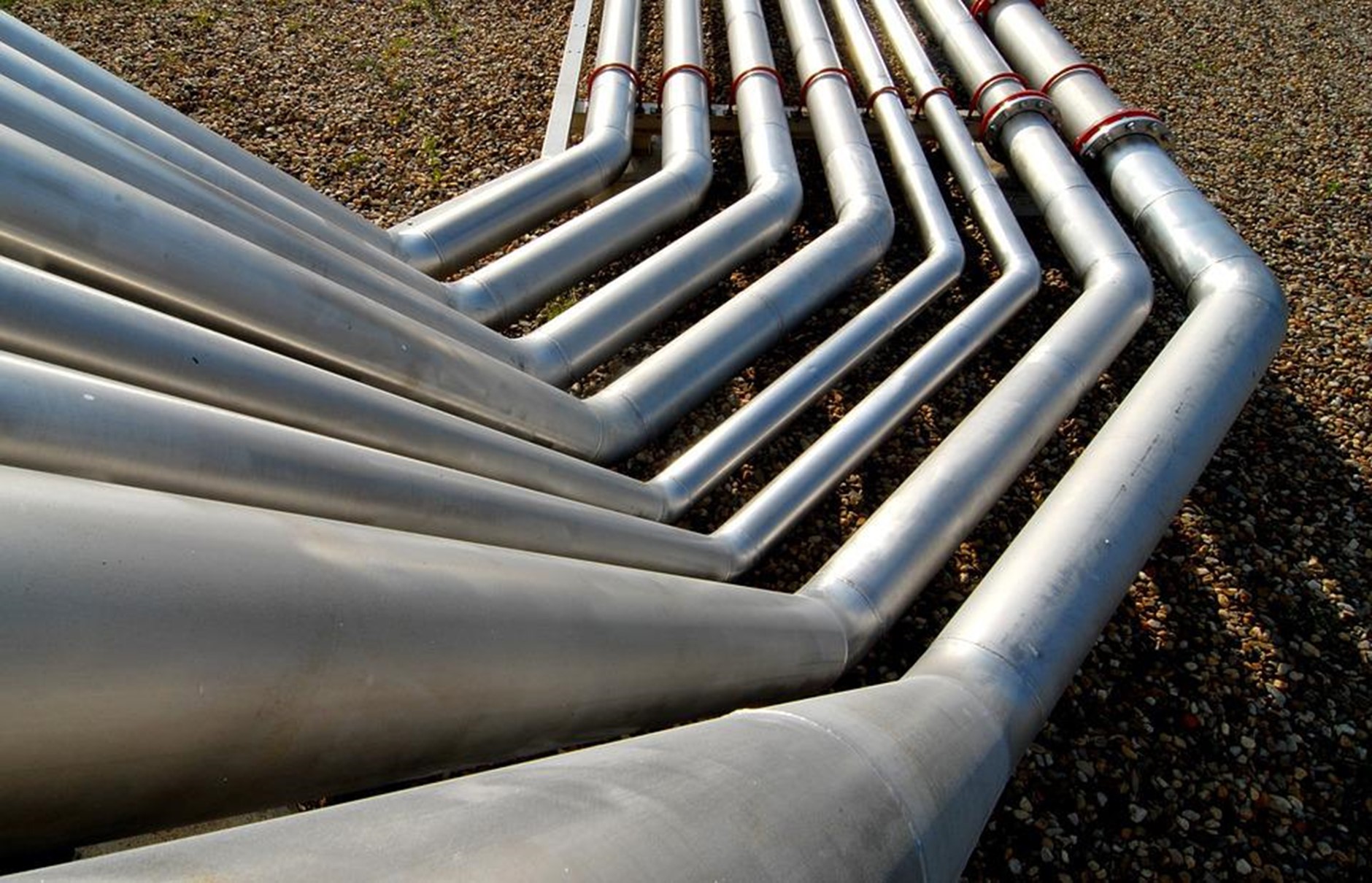Fiberglass was created in 1938 by a man called Russell Games Slayter and was marketed as insulation, which is still a primary use today. However, thanks to further research and advances in technology, fiberglass has become much more versatile. Typically, this strong material is used to reinforce other materials, a method being used across many areas of construction. Throughout this article, we will take a look at five different ways that fiberglass is being used in construction and building.

https://pixabay.com/photos/industry-conduit-steel-environment-2424754/
What Is Fiberglass?
In the simplest definition, fiberglass refers to thin fibers of glass, which can be woven together to create extremely strong materials. The closest comparison to the material is carbon fiber, but it’s not as strong. Although, it is more cost-effective, which is why it’s widely used in construction today.
Conduit Manufacturing
Traditionally, metals and PVC were used to manufacture conduits for construction. However, they are heavy, harmful to the environment, and dangerous in certain situations. These days, fiberglass is used to manufacture conduits because it’s resistant to chemicals, corrosion, and head. Further, it’s lightweight and can help to reduce transportation costs. Therefore, fiberglass has become the go-to PVC alternative for Rigid conduits.
Earthquake-Resistant Bricks
Many states in the US are susceptible to earthquakes, which can lead to higher building repair costs. Fortunately, thanks to fiberglass innovations, interlocking blocks are being used to construct walls. During testing, these blocks have been proven to withstand horizontal waves created by earthquake ripples, which means they’re a great alternative to concrete. Further, due to the way they interlock, these blocks don’t need for joining, which helps to keep construction costs low.
Transparent Screen Creation
The versatility of fiberglass means it can be shaped into different shapes, and it can have differing levels of opacity. Therefore, it has become a fantastic material for creating transparent screens in homes. To make sure it doesn’t look out of place, fiberglass can be finished with glass point. This has had many implications including skylight installation, which help to flood rooms with natural light.
Rust-Proofing Buildings
Humidity and moisture can damage certain materials, which is why fiberglass is being used in some environments. Before fiberglass began seeing wider applications, wooden and metal structures were built in all environments, but they’re susceptible to rot and rust respectively. However, when placed in water or exposed to moisture from heat, fiberglass won’t rust or deteriorate making it much more suitable for data centers and other construction projects.
Fire and Heat Protection
Fiberglass is capable of withstanding temperatures of up to 1000°F, which is when it starts to melt. Therefore, it’s one of the most popular materials for building insulation. Further, for the same reason, fiberglass is used to create roofing that can withstand high levels of heat. Also, it’s being put in between walls to contain heat, which can increase the energy efficiency of a home.
Fiberglass is cost-effective and versatile, which makes it one of the most popular choices for construction projects. Essentially, whatever your needs, fiberglass can be bent to your will.










